Focus on Energy Efficiency
Energy efficiency is becoming a critical focus within the Valve Positioner Market, driven by rising energy costs and environmental concerns. Industries are increasingly seeking solutions that not only optimize performance but also minimize energy consumption. Valve positioners play a vital role in achieving these objectives by ensuring that valves operate at their most efficient settings. The implementation of energy-efficient technologies is projected to reduce operational costs by up to 20%, making it an attractive proposition for businesses. As organizations prioritize sustainability and cost-effectiveness, the demand for energy-efficient valve positioners is likely to rise, thereby positively impacting the Valve Positioner Market.
Growth in Process Industries
The Valve Positioner Market is benefiting from the expansion of process industries, such as pharmaceuticals, food and beverage, and petrochemicals. These sectors require precise control of fluid flow and pressure, making valve positioners essential components in their operations. The increasing complexity of production processes necessitates the use of advanced positioning solutions to ensure optimal performance and compliance with stringent quality standards. Recent statistics indicate that the process industries are expected to grow at a rate of 6% annually, further fueling the demand for valve positioners. This growth trajectory suggests a robust future for the Valve Positioner Market, as manufacturers seek to enhance their operational capabilities.
Rising Demand for Automation
The Valve Positioner Market is experiencing a notable surge in demand for automation across various sectors, including oil and gas, water treatment, and chemical processing. This trend is driven by the need for enhanced operational efficiency and reduced human error. As industries increasingly adopt automated systems, the requirement for precise control of valve operations becomes paramount. According to recent data, the automation sector is projected to grow at a compound annual growth rate of approximately 9% over the next five years. This growth is likely to propel the Valve Positioner Market, as these devices are integral to achieving the desired levels of automation and control in complex industrial processes.
Regulatory Compliance and Safety Standards
The Valve Positioner Market is significantly influenced by the need for compliance with stringent regulatory and safety standards. Industries such as oil and gas, chemicals, and pharmaceuticals are subject to rigorous regulations that mandate the use of reliable and accurate control systems. Valve positioners are essential for meeting these compliance requirements, as they ensure that valves function correctly and safely under various operating conditions. The increasing emphasis on safety and environmental regulations is expected to drive the demand for high-quality valve positioners. As companies strive to adhere to these standards, the Valve Positioner Market is likely to see sustained growth, with an anticipated increase in market share over the coming years.
Technological Advancements in Valve Positioning
Technological innovations are significantly shaping the Valve Positioner Market. The introduction of advanced digital positioners, which offer improved accuracy and faster response times, is becoming increasingly prevalent. These devices utilize sophisticated algorithms and communication protocols, enabling seamless integration with existing control systems. Furthermore, the market is witnessing a shift towards smart positioners that provide real-time data analytics and diagnostics. This evolution is expected to enhance operational reliability and reduce maintenance costs. As industries strive for greater efficiency, the adoption of these advanced technologies is likely to drive growth in the Valve Positioner Market, with a projected increase in market size by approximately 15% over the next few years.

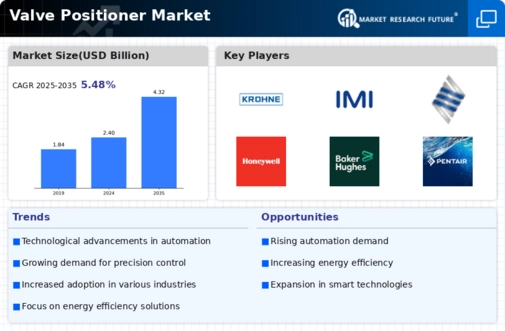
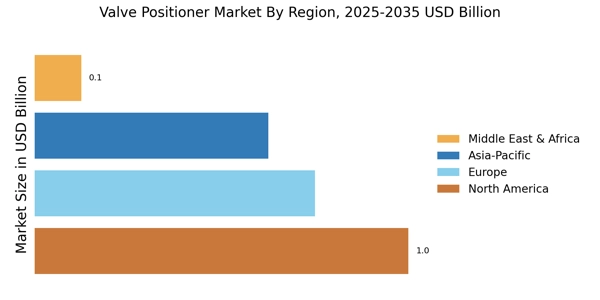
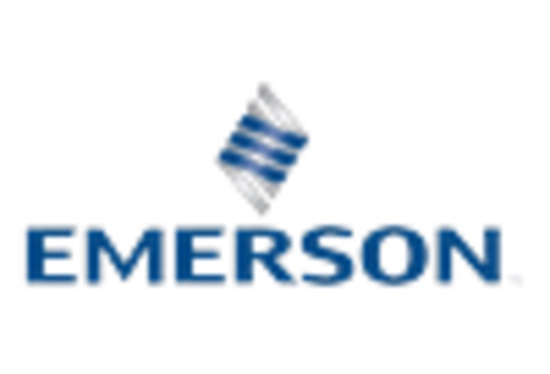

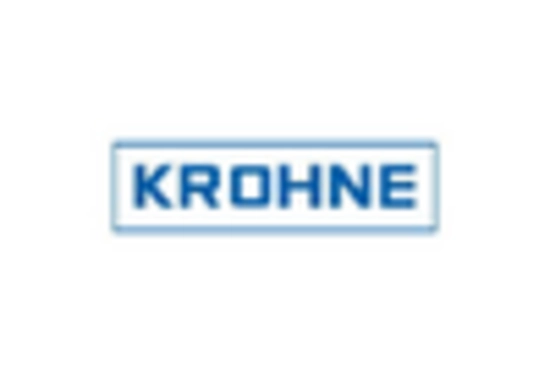


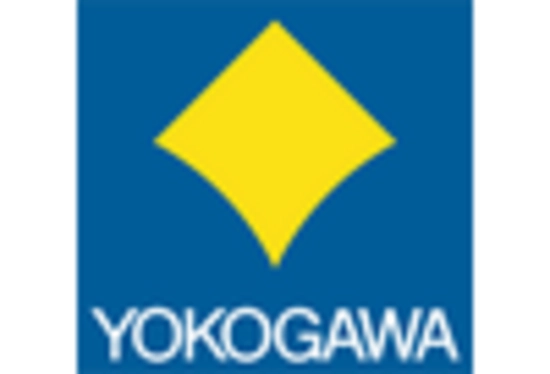








Leave a Comment